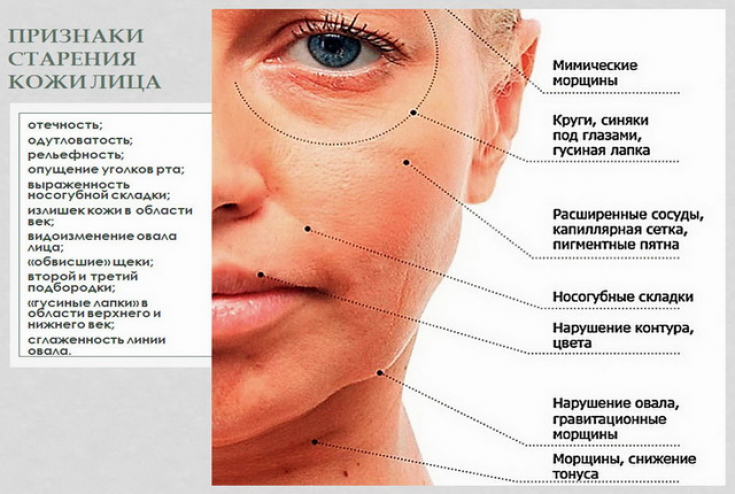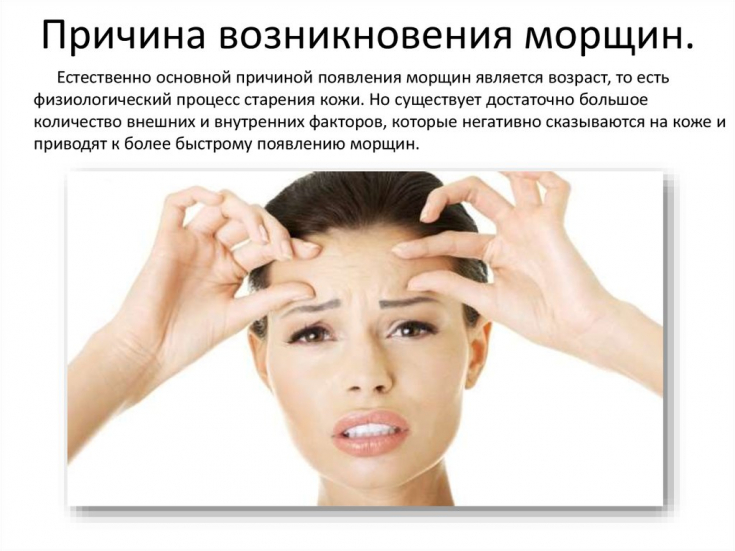Skin appearance − the main indicator of age and it inevitably changes when we age naturally. Thus, the term "skin aging" describes age-related effects that appear throughout life, including wrinkles, decreased water-holding capacity, loss of elasticity and firmness, and irregular pigmentation.
Read in our article on estet-portal.com what are the factors that affect skin aging, as well as revolutionary methods in cosmetology that occupy a leading position in the fight against age-related changes.
Factors that affect skin aging
The factors that primarily contribute to skin aging can generally be divided into internal (genetics, hormones, cellular metabolism and metabolic processes) and external (chronic exposure to light, chemicals, pollution, toxins, and ionizing radiation).
Follow us on Instagram!
In fact, the contribution of external factors to the visible signs of skin aging is approximately 80%, leaving only 20% for internal factors. The effect of endogenous and exogenous factors is superimposed on each other, so the harm that they represent separately is not always obvious.
However, these factors together contribute to unwanted physiological and structural changes in every layer of the skin and thus alter the appearance of our skin. In accordance with the principle of healthy skin and beauty, one of the main factors where humanity has always been interested in the topic of maintaining healthy and youthful skin is reflected, therefore, the development of a strategy for preventing aging has been a topical topic for many years in parallel with new scientific discoveries.
The main components in the fight against wrinkles
Among the most important skin changes, wrinkles are visible lines or folds in the skin. These are the first visible signs of skin aging. While aging skin takes years, smooth, elastic, with an even contour and relief, the skin gives a person a radiant look. Among the procedures aimed at combating skin aging and wrinkles, it should be noted such topical procedures as: anti-aging creams, regenerating serums, cosmetic injections using fillers and volumizers, microdermabrasion and chemical peels.
Cosmetology revolution: nanotechnologies in medicine

In fact, anti-wrinkle and anti-ageing products and methods, such as botulinum toxin injections and hyaluronic acid (HA) fillers, are trending in the fight against signs of skin aging and expression lines. The complexity of processes and skin care procedures is to solve the problem of targeted penetration of drugs into the layers of the skin, so it is necessary to carefully consider assets for anti-ageing techniques, as well as an effective delivery system for anti-wrinkle products.
Overview of Primary and Secondary Milia Removal Methods
That is, counteracting age-related changes or slowing down skin aging must be addressed with multi-mechanical approaches in order to obtain successful results. The compositions of the active substances must be carefully formulated and effectively delivered on the basis of an accurate definition of the underlying process associated with skin wrinkles.
Most of the research and efforts to develop anti-wrinkle aesthetic strategies in aging skincare products have been directed towards finding different fillers.
Research has focused on the three major structural components of the dermis, namely collagen, elastin, and glycosaminoglycans (GAGs). In fact, nutraceuticals, including bioactive peptides, polyunsaturated fatty acids, plant polyphenols, oligosaccharides, carotenoids, and vitamins, are the most common and used ingredients in creams and excipients for targeted action in the treatment of skin changes and the correction of wrinkles.
Difficulties of modern methods of anti-aging of the skin
However, the main difficulties in the action against skin aging of the existing formulas of pharmaceutical and cosmetic preparations are of an untargeted nature, namely: the absence and / or poor diffusion of most compounds through the layers of the skin.
Especially, biologically active proteins and peptides usually do not penetrate the skin due to their hydrophilic nature and molecular weight, so they have not reached their full potential in cosmetic products.
Thus, cosmetologists faced the task of solving the targeted delivery of the drug to the skin and achieving the most effective treatment result. One of such discoveries in the field of cosmetology and anti-aging of the skin are microneedles. Microneedles (MNs) are a set of submillimeter sized needles. (50-900 µm), minimally invasive agents that bypass the stratum corneum (SC) and provide transport of therapeutic agents to the layers of the skin, in which changes are leading. They generate short micron-sized pores in the skin without causing damage to the cutaneous nerves.
Beauty Boostering: Radiant Skin in an Instant

In addition to their use in the pharmaceutical industry, the use of so-called soluble microneedles has also become very popular. The inherent difficulties associated with traditional cream formulations have helped this technology develop, progress and become one of the leading methods, and in particular when using hyaluronic acid. Since this drug has received enough attention due to its excellent biocompatibility and non-immunogenicity, as well as its viscoelastic properties for easy production and long shelf life.
Microneedles with hyaluronic acid are a unique opportunity to effectively deliver it to the skin, allowing you to achieve unsurpassed results in the fight against skin aging.
Correction of the area around the eyes: professional subtleties







Add a comment